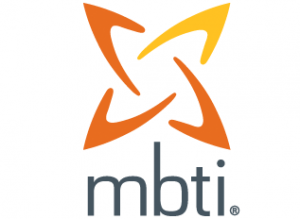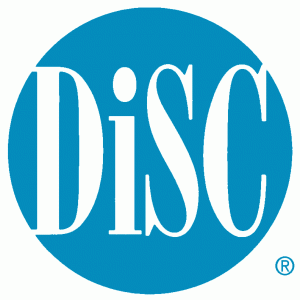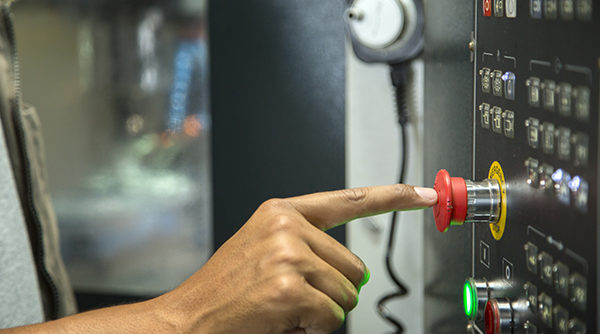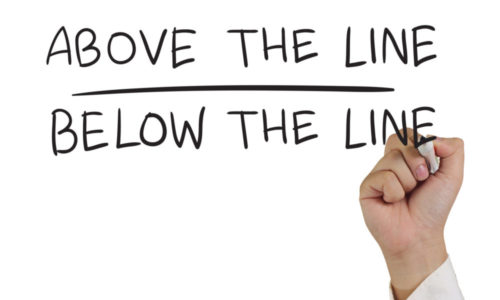
Recently, many of our customers have been asking why we have chosen to use the DiSC Personal Profile® rather than some of the other, perhaps more popular, profile systems. This is a great question and we’d like to share our answer with everyone.
Our reasoning for using the DiSC® system is the same reason we use any kind of Behavior Profile. We see this as a tool not to aid only is self-discover, but more to help individuals understand the behaviors and motivations of other people. These tools help the user to better understand other people’s communication needs, their behavioral motivations, and the way others might react to different situations. We see the use of a behavioral profile as a tool for dramatically improving the quality of relationships we have with others.
We wanted a tool that would be easy to use and have lasting meaning for our workshop participants. After looking at all of the alternatives we decided the DiSC profile was not only the most accurate but also the most useful system available. The following is a brief comparison between the DiSC® profile and the Myers-Briggs Type Indicator® (MBTI).
A Brief Look At The MBTI®
The MBTI® uses a battery of 100 questions to assign the individual to one of 16 personality types. These 16 types are based on a combination of 8 behavior classifications. Individuals are classified as extroverted or introverted (E or I), sensing or intuitive (S or N), thinking or feeling (T or F), and judging or perceiving ( J or P).
These classifications are defined as follows:
- Extroverted versus Introverted. Extroverted individuals are outgoing often considered a “people person.” Introverts are quiet and may seem reserved in social situations.
- Sensing versus Intuitive. Sensing individuals are concerned with the tangible facts of a situation. Intuitive types focus more on impressions and the “big picture.”
- Thinking versus Feeling. Thinking types use reason and logic to solve problems. Feeling types rely on values and emotions when making decisions.
- Judging versus Perceiving. Judging types need to control their surroundings and rely upon order and structure. Perceiving types prefer flexibility and spontaneity.
Carl Jung, an early 20th century psychologist conducted the foundational research behind the MBTI. Isabel Briggs Myers and her mother-in-law Katharine Cook Briggs conducted additional research and created the survey used to assign the behavior classifications.
Summary of the DiSC Personal Profile System®
The DiSC Personal Profile® uses a series of 28 questions to determine the intensity of four individual Dimensions of Behavior. The four Dimensions are Dominance, Influence, Steadiness, and Conscientiousness. Those dimensions are defined as the following:
- Dominance – Emphasis is on shaping the environment by overcoming opposition to accomplish results
- Influence – Emphasis is on shaping the environment by influencing or persuading others
- Steadiness – Emphasis is on cooperating with others within existing circumstances to carry out tasks
- Conscientiousness – Emphasis is on working conscientiously within existing circumstances to ensure quality and accuracy
The relative intensity of each of the four dimensions are then mapped to one of fifteen possible Classic Patterns. The DiSC® Classic Patterns are:
- Achiever
- Agent
- Appraiser
- Counselor
- Creative
- Developer
- Inspirational
- Investigator
- Objective Thinker
- Perfectionist
- Persuader
- Practitioner
- Promoter
- Result Oriented
- Specialist
In his work titled Emotions of Normal People, William Moulton Marston developed what would later become the DiSC Personal Profile System. Though a contemporary of Jung, Martson’s research was quite unique in that he focused exclusively on normal, socially functioning individuals. This was in contrast to the abnormal psychology studied by many of the psychologists of the period, including the work conducted by Jung.
The classic patterns aid in understanding the relationships between the four dimensions of behavior. The assigned pattern is not absolute. Because the dimensions reside on a sliding scale, two individuals may have variances in the exact amount of each dimensions of behavior the exhibit.
Why we like DiSC®
Among all the differences between these two tools, the strongest reasons we have for preference of the DiSC® system lie in the ability to immediately apply the insight and skills the DiSC profile provides as well as its flexibility to account for variances in behaviors. The MBTI does not allow for any flexibility within its assigned characteristics. This does not align well with our observations of human behavior. A textbook used to teach Organizational Behavior may have stated it best:
In spite of its popularity, the evidence is mixed as to whether the MBTI is a valid measure of personality—with most of the evidence suggesting that it isn’t. One problem is that it forces a person into either one type or another (that is, you’re either introverted or extroverted). There is no in-between, though people can be both extroverted and introverted to some degree. The best we can say is that the MBTI can be a valuable tool for increasing self-awareness and providing career guidance.
We stand by the DiSC Personal Profile system as an essential tool in understanding the behaviors of others and how we can modify our own behavior to improve the quality of our relationships with others. Our trainers have used this system for nearly two decades and have found it to be consistently accurate and a favorite part of many of our workshops.
This is the first article in a series. In future articles we will be diving deeper into the idea of behavior modeling and its application within the workplace. We will also continue to discuss the differences between the various tools available.
Organizational Behavior, Thirteenth Edition, by Stephen P. Robbins and Timothy A. Judge. Published by Prentice Hall.








